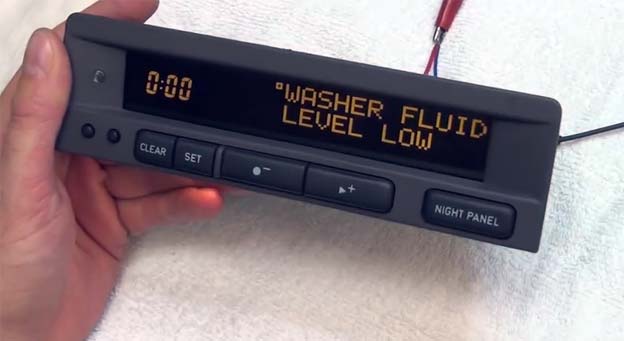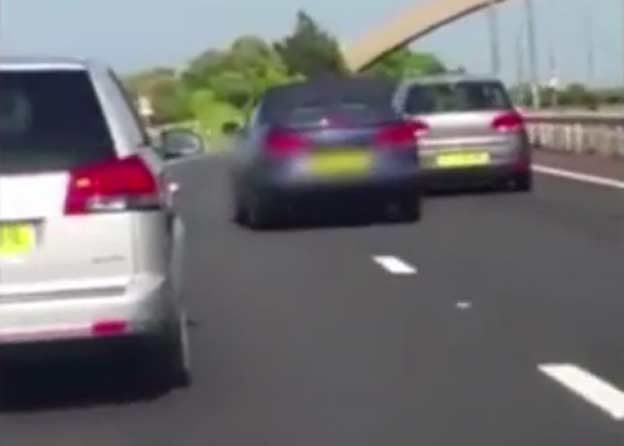Peasley Cross Lane Railway Bridge St.Helens (UK) Floods again (looks a chronic problem in this place) and a driver of Saab 9-3 Try’s is luck at getting though?!
It seems that he did not have to pass through here, but decided to try luck. Of course, everything went wrong…
How to drive through floods
First thing first, you should try to avoid it, but if you can’t, you should make sure there is not more than 6 inches of standing water or 4 inches of moving water.
Just 6 inches of water will reach the bottom of most passenger cars; this depth can cause loss of control or possible stalling as water is sucked into the exhaust or washes into the air intake.
- If negotiating a flooded section of road, drive in the middle where the water will be at its shallowest.
- Parking up and watching other cars and trucks negotiate the flood can be a good way of checking to see how deep it is. In particular look out for hidden dips and gullies where the water could be deeper.
- Consider other drivers – pass through flooded sections one car at a time, don’t drive through water against approaching vehicles.
- Many cars will start to float in as little as 1 foot of water – this can be extremely dangerous because as the wheels lose grip, you lose control.
- 2 feet of flowing water can sweep away most vehicles — including large four-wheel drive cars. Don’t try driving through fast-moving water, for example approaching a flooded bridge – your car could easily be swept away.
Driving at speed into water that is more than about 15 centimetres deep can have dramatic effects – it could almost feel like driving into a brick wall with loss of control. This is why it’s especially important to watch your speed on roads where there might be unexpected patches of water (perhaps hidden by a bend or a dip in the road).
You can also use this instruction How to Drive Through a Flooded Area.











